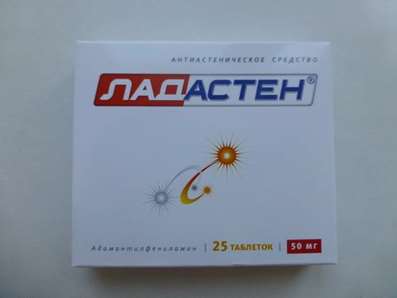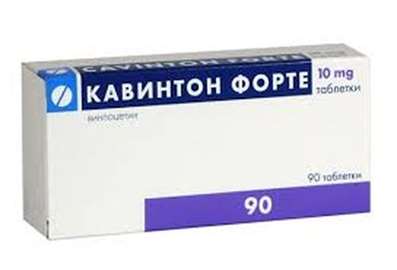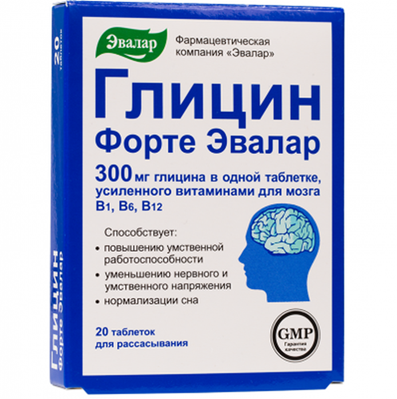Biomechanics of the heart muscle
04 Nov 2016
Physicist tells about the striated muscles, heartís amino acids, law of Frank - Starling
There are two types of muscles: striated muscles, which include skeletal and cardiac muscles and smooth muscles that line our inner organs. And smooth muscle arranged a little differently about them, we will not talk.
Although all muscle, including smooth, the basic principles underlying molecular motors there is the same, however striated muscle have certain characteristics. In particular, there contractile proteins - actin and myosin - organized in some ordered structures. These structures are called sarcomeres, and they form a system of two types of yarns. The thick filaments are formed by myosin molecules, they stick to each other. Of these, stick head, molecular motors. bipolar system. They look at the two sides. And the head grab the thread of another type, for actin, pulling them towards each other, and, in fact, since there is a reduction. These sarcomeres same and they are arranged equally. Therefore, at high magnification - even in an ordinary optical microscope - visible transverse striation of muscles. Therefore, they are well named.
The main property of the muscle - that's what this fabric is able to develop a considerable load. Skeletal muscle can develop a pressure of 3 atmosphere, heart - less. But this is quite a powerful force generator, a powerful motor. The main property of the muscle tissue from the point of view of mechanics was discovered before the war, the British physiologist, whose name was Archibald Vivien Hill. He did not like for some reason, his name and asked to be called Evie Hill. Before the war, in 1938, he found that there is a universal relationship between the force developed by the muscle, between the load and the speed of its shortening. It's easy to check for yourself. If we take the strain and with a maximum power of the biceps, it is clear that it is stretched, it is durable. In this case, the elbow is kept energized opposing muscles - triceps. And now, if you bend the elbow, at the moment, when the muscle is shortened, you can see that it becomes weaker, it can not be so tight. This relationship between the force and speed, a universal property of muscles called the bond strength - speed and is described by Hill. And there are two main characteristics: the maximum force that develops fully activate the muscle, and the maximum speed of the unloaded shortening (ie, when the muscle is shortened without any load), which is a few lengths of muscle per second, depending on the type of muscle.
Speed and strength are determined primarily by the motor protein myosin. Myosins And, of course, in skeletal and cardiac muscle is different, but not much. One of the cardiac myosin - it is the same myosin, which is in slow skeletal muscle. In this sense they differ little.
What they mainly differ? However, how they are managed. The fact that the skeletal muscles are composed of cells, fibers, each fiber comes wire - axon of the motor neuron, which is located in the back. And this comes axon electrical pulse, the commander of each cell as her shrink. These electrical pulses excite the cell, resulting in the whole chain of biochemical, biophysical processes, whereby calcium ions are allocated. Further, these calcium ions trigger contraction.
That calcium triggers contraction in myocardium and skeletal muscle similar. In thin filaments there is a long protein that surrounds the actin filament, it covers such a coil - is tropomyosin. Horse riding on it sits another protein - troponin. And when there is no calcium, troponin so turns the whole system, it seats close to the actin, myosin, which should sit down, you have no access to the myosin actin. Accordingly, the myosin bridges is not formed, the strength does not develop, the muscles are relaxed. When calcium in the system occurs, it binds to troponin. Tropomiozinic strand rotates slightly, exposes the myosin heads, and they sit down, turn the whole system, and open it further. Thus there is a reduction. Calcium is evacuated, they are disengaged, and thus the muscle relaxes. All this is very similar in cardiac and skeletal muscle.
Meldonium, Riboxin can protect your heart muscle.
However, in the heart there is a problem: it can shrink itself. Each myocardial cells do not separate neural impulses fit. They simply do not have. Heart, completely cut off from all the nerves, miraculously shortened. Then, the controller must ensure that this body is cut regardless. We can not control every motor, every fiber. It must be reduced as a whole. This imposes some features, because the heart as an organ should respond to the load.
There are two main mechanisms by which the heart responds to the load. They were open, of course, at the level of whole heart. But they are realized at the level of single cells. The first mechanism - is the dependence of strength reduction of the length. If you take a piece of tissue or a single cell, stretch it to different lengths to keep a constant length and stimulate it turns reduction, some force is developed. And the magnitude of this force, the amplitude of the reduction varies greatly with the length. That is, roughly speaking, the whole range of the heart muscle - is about 1.7-1.8 micron sarcomere lengths of up to 2.3 microns. The entire range of approximately 25% of the length change. A force thus varies significantly. This Length-dependent (also called mechanism of the Frank - Starling) is very important for the heart as an organ, because the more filled was the heart, the more flow him venous blood, the more it will fall and throw it, respectively, the left atrium to the aorta, right atrium and - in the pulmonary artery. A similar effect exists in skeletal muscle, but it is far less pronounced.
In the last two decades there have been many very fine experiments which attempted to figure out what is the molecular basis of the law of Frank - Starling why the contraction of the heart muscle so sensitive to its length. In my opinion, the answer is still no. Every couple of years, published an article, "Oh, here, at last we have understood." However, since the responses too much ... And the answers of the type: in the cardiac isoform has a unique amino acid, and if we replace the one that in skeletal muscle, the effect of the Frank - Starling disappear; if we take the protein of the heart muscle, insert it from the amino acid skeleton, but to insert heart amino acid, it is there. That is, it would seem, one single amino acid can strongly modulate it.
But there are at least two other proteins, which are also very strong influence on this effect, if they make some kind of mutation, change isoforms. I still do not really understand how it works, which is important, because when failure (when very weak heart), this effect is broken, so this ability to distinguish elongation disappears. So that there is still a lot of mysteries.
The second story is clear. What needs to be able to do the heart and which is characteristic of each cell - the change of force when changing the stimulation frequency. Everyone knows that as soon as there is physical exercise, eg you run, lift weights, heart rate increases. This dramatically reduces the arterial bed resistance vessels disclosed. And the increased frequency of contractions provides a dramatic increase in the amount of blood that the heart pumps through.
On the one hand, this is due to the fact that the heart expands during filling - is the effect of the Frank - Starling. But the second story - the increase in power cuts. It was discovered a long time ago (I'll talk more about that later), but it is also realized at the cellular level, and due to the fact that, in contrast to skeletal muscle, where calcium is released into the cell primarily from intracellular stores, he is thrown out, then again He climbs into the intracellular depot. The heart muscle has a complex exchange between the intracellular calcium depot, actually it contractile apparatus and the extracellular environment. And it all together so organized, so arranged that with the increasing frequency of stimulation, with an increase in the frequency of contractions in the cell accumulates calcium. Accordingly, during each subsequent reduction of its emitted more increasing amplitude reductions. This happens immediately. If you change the pacing rate, it may be several cycles of contraction may be a few tens of cycles of contraction to gain new strength increased. And this is again sold on the single cell level.
Finally, there is another story, namely, there are beats, when, instead of stimulating pulses come with a fixed frequency, within a short period of time there is an extra way. Mechanical answer reduced. The strength reduction. And then, as a rule, there is a pause, longer interval between contractions. And the next after this pause reduction is very strong. All this, too, is organized at the level of the overflow, the redistribution of calcium ions between different intracellular structures. A desired goal is achieved clear: if you have any extra reduction, the need to respond to it, not mechanically, that is, to throw out a lot of blood, it there and not accumulated. But the pause was inevitable after such excess beats, you have accumulated some debt on the body of the blood, and then you throw in the following reduction in more blood and return the debt. Thus, the heart muscle at the level of each cell adjusts to the needs of the whole organism, under those requirements that apply to a heart pump.
And there is another important property (which is exactly what we started with, that's what concerns power and speed that the heart should be able to work in a fairly wide load range in a pressure sense). Sometimes hypertension, sometimes high blood pressure. If a small increase in pressure would have ceased reduction, making them very inefficient, we would have a fairly tight. And it is also realized through the connection between power and speed. When the muscle is shortened too much, its contractile capacity decreases, so it always stops more or less at the same level of shortening. With this is obtained that those requirements are realized in this material, which is made of a pump that provide its properties at virtually every cell. And what is left to do is already central nervous system and the endocrine system - it somehow modulate the story. It is clear that you have a heart rate can be increased not only by the fact that you ran and took the load, but also from the fact that you are nervous, and, accordingly, some substances are released. But in principle, the heart muscle itself unit such that all control takes place inside each cell. The control needs to know who does what. All do it yourself. This is probably the main principle, the main difference from the cardiac muscle skeletal.

 Cart
Cart





